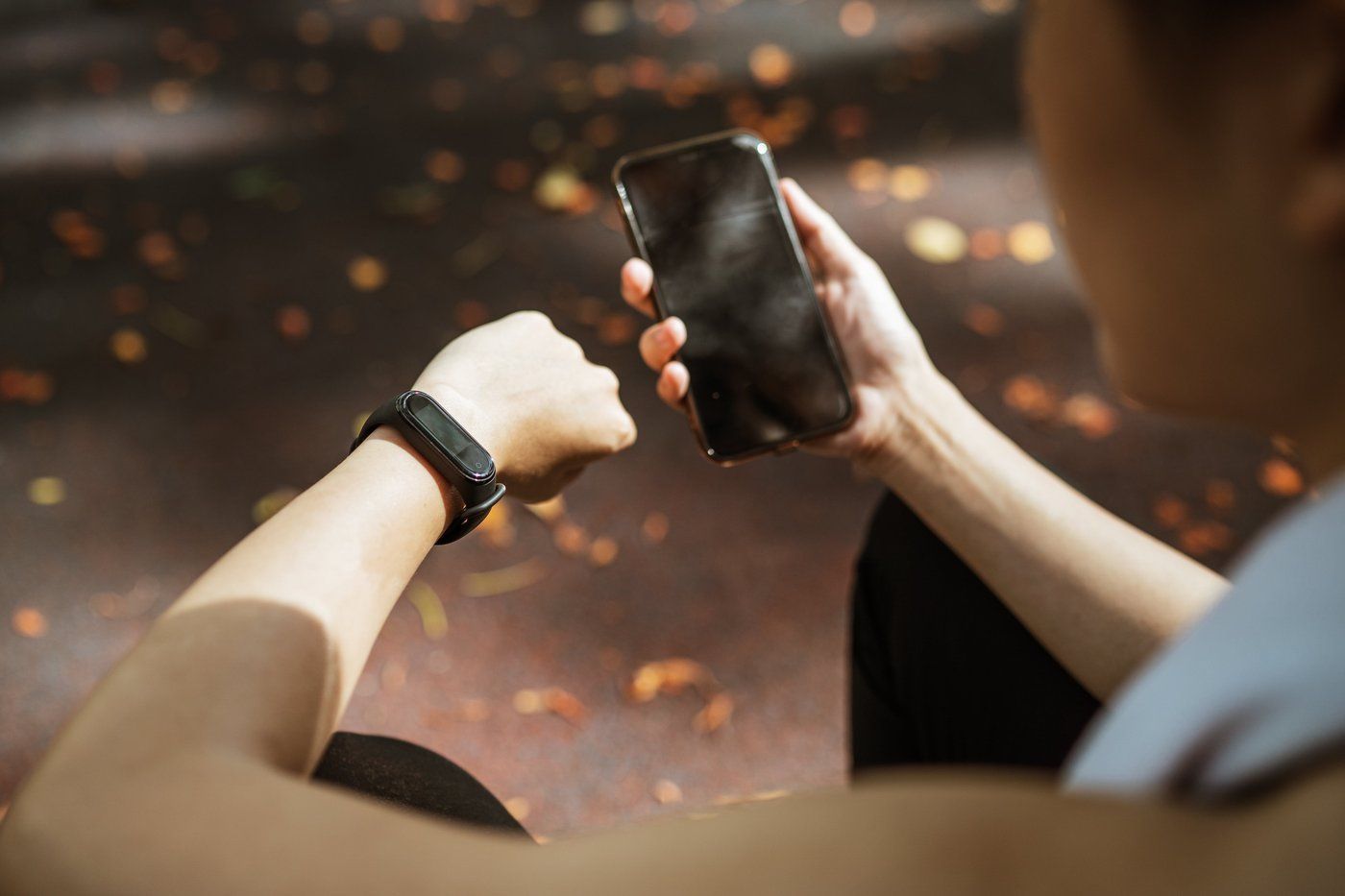The murder of Lilie James in the toilet block of a Sydney school by her former boyfriend in October shocked Australia. Her death came amid a spike in alleged domestic violence killings — six women died in the space of 10 days.
The deaths again thrust the issue of domestic violence into the spotlight.
They also thrust technology's potential to help prevent domestic violence into the public eye.
Since Ms Lilie's murder, some experts have called for GPS tracking and monitoring on men flagged as potential killers — suggesting that an online monitoring program developed in the UK, and currently being trialed there for potential domestic violence perpetrators — be introduced in Australia.
GPS tracking is just one example of how technology could help tackle domestic violence. This is a field that is rapidly advancing and shows great potential, although most tech solutions require more work before they're ready for use in the real world.
Tech a double-edged sword
Perpetrators are increasingly using technology — smartphones and social media —to stalk, harass, threaten and abuse their victims. Among their arsenal are location tracking-using GPS apps and spyware to monitor a victim's communications.
But the same tech can be used to tackle domestic violence, helping to identify, reduce, and prevent violence; hold perpetrators to account; train support personnel; and provide resources and therapy to victims.
A few of these tech approaches are already widely established: ankle monitors to track perpetrators is a decades-old example.
Websites and smartphone apps to help and inform victim-survivors are becoming widespread, as are online support hotlines, digital support groups, and evidence repositories used by support providers.
Advances in cybersecurity (such as encryption, one-time passwords and virtual private networks) are increasingly helping protect survivors from monitoring and cyberstalking. So, too, are spy-detection tools and "bug detectors" used to find tracking devices.
But other tech approaches that are largely still in the research phase show great potential to help combat domestic violence, as this recent review of the literature found.
Many of these approaches aim to harness the endless possibilities of AI.
AI can analyze data from social media, emails and web content, as well as sensor devices — including smartwatches, surveillance cameras and motion sensors — to detect patterns that indicate abuse.
By picking up on indicators such as heart rate and skin temperature, or even by identifying violent sounds, sensations such as beating or pushing, these technologies could identify domestic violence incidents before or as they occur. They could even automatically alert authorities.
Alongside other digital tools, using AI to monitor data streams can play a role in preventing domestic violence
Location tracking devices are also becoming more sophisticated.
The humble ankle bracelet has historically used GPS technology; this was later enhanced with additional methods (such as tracking using WiFi and mobile signals) to also function effectively in indoor environments including large buildings.
Other anti-stalking and anti-monitoring approaches being developed use AI methods to identify stalkerware and keyloggers, or to recognize physical stalking in camera feeds.
Tech innovations could also help prevent image-based abuse, which is on the rise.
Sensitive contents can be labeled with ‘digital fingerprints' to prevent dissemination without a user's consent. Content monitoring can be used to prevent uploading of videos and images tagged as non-consensual. AI algorithms can analyze videos and images and identify explicit contents.
Virtual reality (VR) is also being explored for first-responder training, and for perpetrator rehabilitation.
VR simulators can create a sense of being present in a domestic violence environment — acting as an "empathy machine" that puts perpetrators in a victim-survivor's shoes. One such machine is being trialed in France in an attempt to stop perpetrators from reoffending.
AI-enabled conversational chatbots are being trialed to anonymously offer support and advice to victim-survivors.
"Sophia," the first chatbot for survivors of domestic violence, has been developed by a team at Swiss human rights organisation Spring ACT.
The developers claim the multi-lingual chatbot can help victims "gather evidence, assess their rights, learn their options 24/7 without trace". For victim-survivors who are isolated or afraid of speaking out about their abuse due to stigma, such conversational AI tools could be a game-changer.
There are limitations
While these advances are significant, most are not yet developed enough to fully address the challenges of identifying, intervening, and preventing domestic violence.
As some researchers have put it, these technologies are "necessary without being sufficient." Human resources to support victims of domestic violence are still crucial.
Tech innovations face other roadblocks.
Many carry privacy concerns: Smartphones and apps may be used to track victims' location via hidden spyware, while digital platforms carry a risk of hacking and "data sniffing".
Some researchers have expressed concern over the ubiquity of smart home devices – ultimately suggesting these devices may be more likely to be "co-opted by men to control and abuse women" than to be helpful in detecting and reporting such abuse.
Ambient and wearable sensors face tampering risks, as well as data quality degradation due to environmental factors (such as low lighting for surveillance cameras). Wearable sensors may cause discomfort, need regular charging, and get interrupted by drained batteries. And some tech innovations, such as virtual reality platforms and wearable sensors, can be expensive.
The effectiveness of AI algorithms is also limited by the lack of large datasets of images, audio or text. These algorithms often also require extensive computational resources to deliver real-time responses.
Over time, while tech won't stamp out domestic violence on its own, it can play an important part in predicting, preventing and responding to what is a pressing issue.
(The author is a Professor of Engineering with Deakin University. He leads the Smart Technologies Research Theme, and has undertaken research projects for over 40 industry partners. This article was originally published under Creative Commons by 360info)

